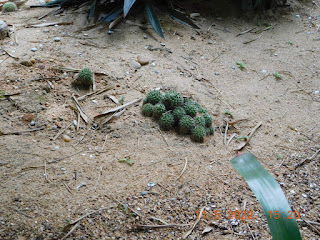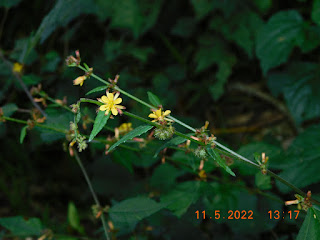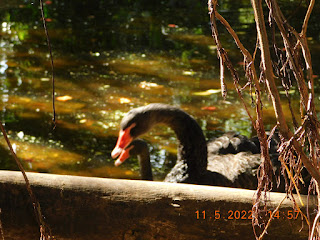Episodes of Lake Marathon 02: Karanji Lake
Hi viewers, welcome to the second episode of Lake marathon! This time, I am here in Karanji Lake. This lake is a tourist spot and could be added to your bucket list when you are here in Mysore. So let me give the brief note on the Lake marathon in Karanji lake.
Karanji lake is another biodiversity rich lakes of Mysore. It is one of the oldest, largest and popular lake of Mysore. When I visited I could see a large part of the lake being occupied by Eichhornia plants.
Karanji Lake, Mysuru
Insecta:
As I walked through the park of Karanji, I could see many pretty butterflies flying across. Common tiger, pansy butterfly etc., were spotted. There is a butterfly garden inside the park and for some reason it was close when I had visited. Then my eyes fell on this cute little green damsel fly.
Damsel fly
A chocolate pansy was resting on the leaf with its wings fully spread. What a beautiful sight it was!
Junonia iphita (Chocolate pansy)
Wasp species
This is the interesting phenomenon I have seen in the Karanji lake, an aggregation of red beetle juveniles were found in most of the tree trunks. Aggregation pheromone keeps the beetles intact. Later on I found such red beetle aggregations in Kukkarahali lake as well during the same season.
Aggregation of red beetles
Mammals:
Near the banks of the lake, there are many rodents found, like mongoose, Asiatic palm squirrel, rats etc. There are plenty of bonnet macaques on the tree branches. I found a mongoose but it escaped before I could take a good snap of it.
Mongoose
Diversity in bamboo trees:
Lake region is lined by plenty of bamboo trees and each bamboo tree is rich in diversity. A couple of Asiatic palm squirrel.
Asiatic palm squirrel
The bamboo forest is so rich that, I could find at least one unique bird in every group trees. An oriental magpie robin was spotted here.
Oriental Magpie Robin
This is another bird which I found in the bamboo forest, a common shrike. A very shy bird, for which I almost spent half an hour to get one pic, I couldn't get a good clarity pic in this case.
Other Avifauna:
There are good number of Pond herons in the lake region, one such was captured which was wadding on the Eichhornia forest
Pond heron
Far in one of the lake island, amidst the trees, a single large grey heron was seen.
Grey Heron
Purple moorhen
This was behind the avery park, a huge peacock was found and his eyes are captured quite bold and dark in the camera. There are many such peafowls found in the lake avery section.
Peacock
This was very close to the lake park, couple of spot billed ducks were spotted along with them some pond herons and purple moorhens were also found.
Spot billed Duck
Other than these birds, I found many black drongos, common crows, jungle crows, common mynas, black kite, paraiah kite etc. There are more aquatic and seasonal birds as well which one can experience while boating on the lake. There are instances were I have spotted a Marsh crocodile during my previous visits.
Flora:
Lake is very rich in floral diversity, the lake water is almost occupied by Eichhornia forest and this sometimes affects the stability of an ecosystem. There are palm trees, bamboo forests and other key species required for the birds to habituate. The garden area of the lake is very well maintained.
Eichhornia
Palm trees
Garden area and walking path
Eranthumum species
Cactus species
There was a heap near the butterfly park and Avery section, which was loaded with bivalve shells.
Found this little feather along with bivalve shells.
A spider species was found on the garden plants.
Black mute swan is very quick in it's movements I found it difficult to capture it's still images. I had to capture videos of it. It's called mute swan because it makes no or very low calls or sounds even during mating calls.
Bivalves of the lake
Unio species (Bivalve)
Spider species
Avery:
Karanji has the largest Walk through Avery in India. One can enjoy the birds walking along with you. There are many pea fowls, turtle doves, mute swans, albino peafowls in the avery section.
A pair of Saurus crane is also kept in one of the cages. Saurus crane is the only crane to be found in India in wild. Saurus crane once it chooses a mate, it will never change in its lifetime. And hence there is a practice of blessing newly wed couples in Gujarath to live like Saurus cranes.
Golden Pheasant
Plum headed parakeets
Love birds or budgerigar
Silver pheasant
White turtle dove
Peacock
Albino peacock
A romantic peafowl couple posing for the camera! This is such a rare sight I have ever seen in the lake marathons.
Peacock



























































Comments
Post a Comment